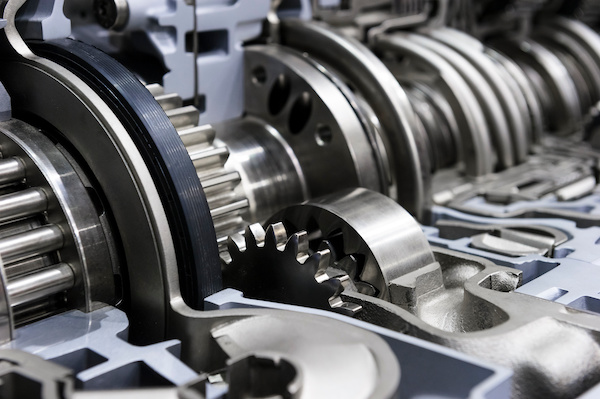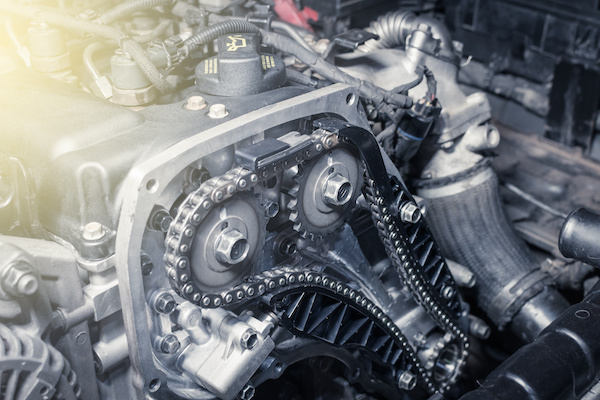Posted on 2/24/2023

The transmission is an essential component of your vehicle, responsible for converting power from the engine to the wheels and enabling smooth acceleration and shifting. It's critical to keep your transmission in good working order to avoid costly repairs down the line. Here are some signs that indicate you may need transmission repairs: Warning Light: The check engine light can be an indication that something is wrong with your transmission. If the light comes on and stays on, it's time to take your vehicle to a mechanic. Slipping Gears: If your vehicle is experiencing difficulty shifting gears, it may be a sign of a slipping transmission. Your vehicle may also shift in and out of gear on its own or change gears unexpectedly. Shuddering or Vibrations: If your vehicle shudders or vibrates when accelerating or decelerating, it could be a sign that your transmission is malfunctioning. Burning Smell: If you s ... read more
Posted on 1/31/2023

Timing belts and timing chains are both critical components in a vehicle's engine that help to keep the camshaft and crankshaft in sync, ensuring the proper timing of engine valves and pistons. However, there are a few key differences between the two that are important to understand if you're considering a timing belt or chain replacement. Timing Belts Timing belts are typically made of rubber and are located on the front of the engine. They are driven by the crankshaft and operate the camshaft, which in turn operates the engine valves. Timing belts are typically replaced at regular intervals, usually every 60,000 to 100,000 miles, depending on the make and model of the vehicle. The reason for this is that over time, the rubber belts can dry out and crack, which can cause the engine to lose power or stall. Timing Chains Timing chains, on the other hand, are made of metal and are located inside the engine. They are also driven by the crankshaft and operate the camshaft, but ... read more